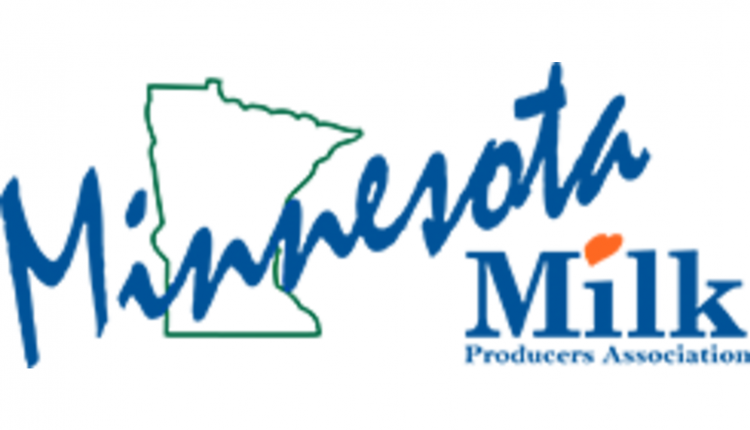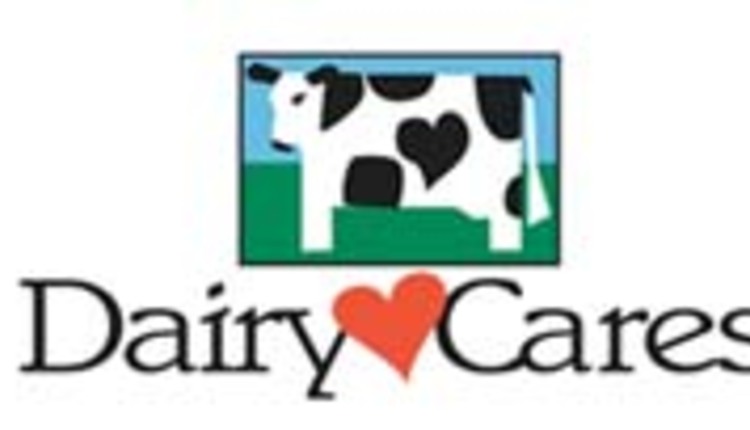The author is the dairy development manager for Vita Plus of Madison, Wis. He is a member of the board of directors with Citizens State Bank of Loyal, Wis.
There appears to be a "shift" coming that will put a strain on most dairy farm cash flows. In the past five years, lenders have been flush with money. With historically low interest rates, it has been easy to get money. High commodity prices have resulted in skyrocketing land prices. Now it is time to stop, think and pay attention to the changing landscape.
As I write this article in mid-August 2013, milk futures in 2014 are all sub $17. Inventories of butter are at 20-year highs and cheese stocks are quite strong. If these future prices end up being the actual milk price, every dairy cash flow in the country will feel the pinch.
While that's a bearish perspective, there are some market conditions that could improve the situation. Basis added to the milk check where applicable will help. The growing export of dairy products may also ease mounting product inventories. Given all these factors, take a look at your cost of production and think about the impact on your checkbook.
At this time the growing corn, soybean and Canadian canola crops could push the combine's monitor read outs to high levels. If this holds true (baring an early frost), the Western-style dairy producers who buy most of their feed needs will find a price relief. If this situation comes to pass, the lower feed cost may continue to soften the milk price.
The Federal Reserve sent up trial balloons on interest rate changes in May 2013, making statements about tapering back their purchases of U.S. Treasuries (UST) and Mortgage Backed Securities (MBS). Just the talk of an impending purchase cutback from $85 billion each month has already caused the 10-year USTs to jump a full percentage. If your farm loans are still on a variable interest rate, what will higher interest rates mean to your monthly loan payments?
The place where I am driving to is how will you pay your bills if the above scenarios play out? A number of financial people over the last few years have been trying to alert producers on the importance of "liquidity" or just having free cash available to pay bills. Statements have been made encouraging dairy producers to hold 10 percent of their gross income on the current asset side of their balance sheet. Alternately, one month's milk check should be held in cash. Those comments have been met with questionable looks as producers say, "Do you have any idea of what I could buy with that much cash?"
As we get a somewhat clearer picture of the "possible troubled liquidity train" coming at us, now is the time to make a plan for a cash crunch need. Here are some options:
There appears to be a "shift" coming that will put a strain on most dairy farm cash flows. In the past five years, lenders have been flush with money. With historically low interest rates, it has been easy to get money. High commodity prices have resulted in skyrocketing land prices. Now it is time to stop, think and pay attention to the changing landscape.
As I write this article in mid-August 2013, milk futures in 2014 are all sub $17. Inventories of butter are at 20-year highs and cheese stocks are quite strong. If these future prices end up being the actual milk price, every dairy cash flow in the country will feel the pinch.
While that's a bearish perspective, there are some market conditions that could improve the situation. Basis added to the milk check where applicable will help. The growing export of dairy products may also ease mounting product inventories. Given all these factors, take a look at your cost of production and think about the impact on your checkbook.
At this time the growing corn, soybean and Canadian canola crops could push the combine's monitor read outs to high levels. If this holds true (baring an early frost), the Western-style dairy producers who buy most of their feed needs will find a price relief. If this situation comes to pass, the lower feed cost may continue to soften the milk price.
The Federal Reserve sent up trial balloons on interest rate changes in May 2013, making statements about tapering back their purchases of U.S. Treasuries (UST) and Mortgage Backed Securities (MBS). Just the talk of an impending purchase cutback from $85 billion each month has already caused the 10-year USTs to jump a full percentage. If your farm loans are still on a variable interest rate, what will higher interest rates mean to your monthly loan payments?
The place where I am driving to is how will you pay your bills if the above scenarios play out? A number of financial people over the last few years have been trying to alert producers on the importance of "liquidity" or just having free cash available to pay bills. Statements have been made encouraging dairy producers to hold 10 percent of their gross income on the current asset side of their balance sheet. Alternately, one month's milk check should be held in cash. Those comments have been met with questionable looks as producers say, "Do you have any idea of what I could buy with that much cash?"
As we get a somewhat clearer picture of the "possible troubled liquidity train" coming at us, now is the time to make a plan for a cash crunch need. Here are some options:
- Build cash reserves.
- Get caught up on your bills.
- Secure a margin between input costs and milk prices. Seek assistance from a broker or your milk plant. If you are new to this area, be careful.
- Talk to your lender about fixing interest rates. Those producers with high debt levels will be the first ones to feel the squeeze.
- Secure lines of credit with your lender.
- There will be dairy producers who have to take out additional loans secured with assets such as cattle, machinery and land. Land values may not plummet, but a leveling off and drifting down in the price may occur with $4-ish corn in coming years.
- Many lenders will have to apply for USDA Farm Service Agency guaranteed loans to meet customers' needs and satisfy board of directors, capital levels and the lender's regulator.
All of the above can change overnight in this era of uncertainty. But just taking a peek over the next hill may avoid an unwanted collision with the financial future. This may be a good time for a "liquidity shift."
This article appears on page 609 of the September 25, 2013 issue of Hoard's Dairyman.
Return to the Hoard's Dairyman feature page.










